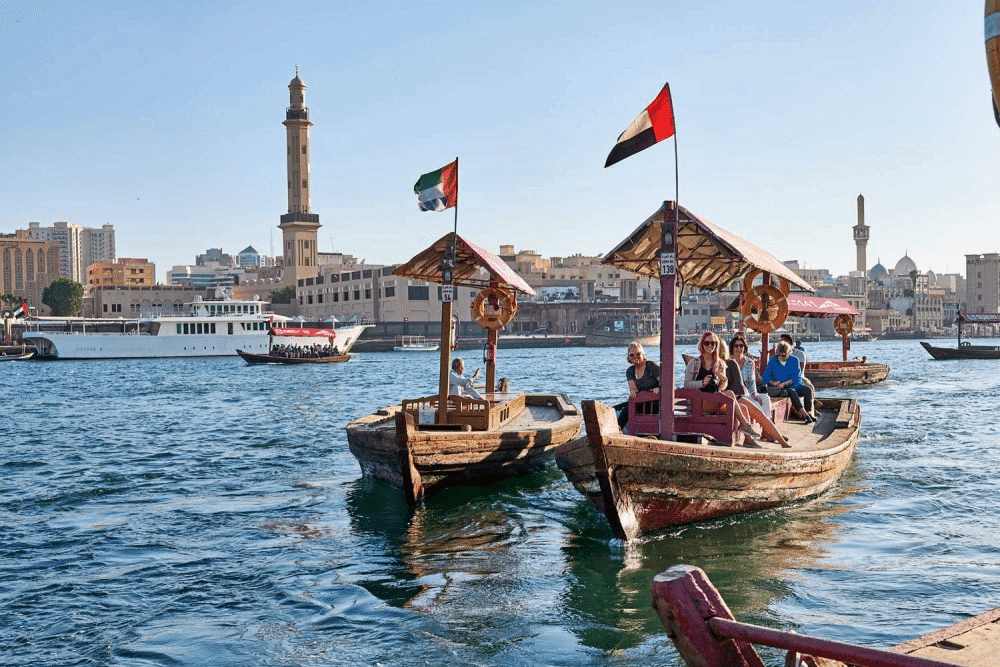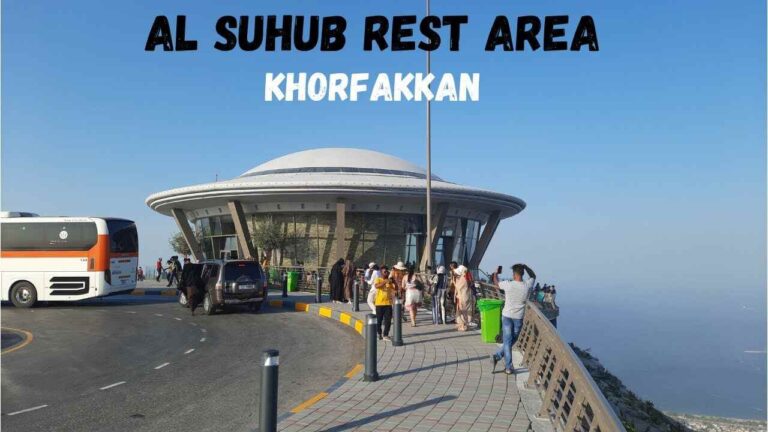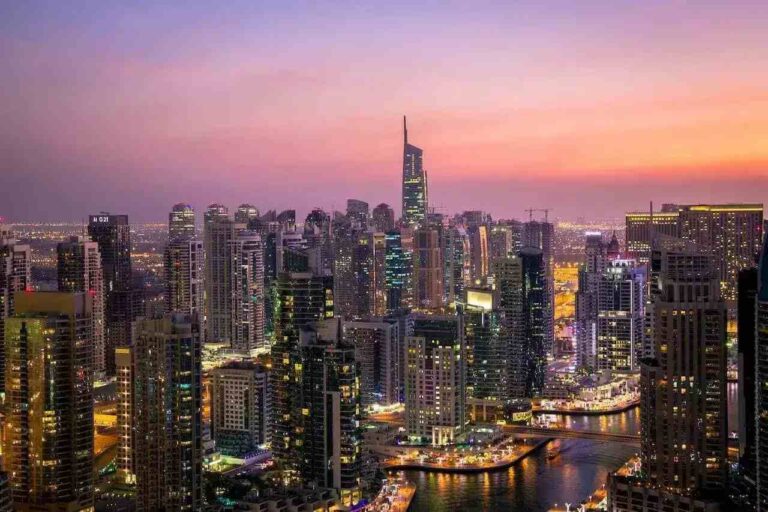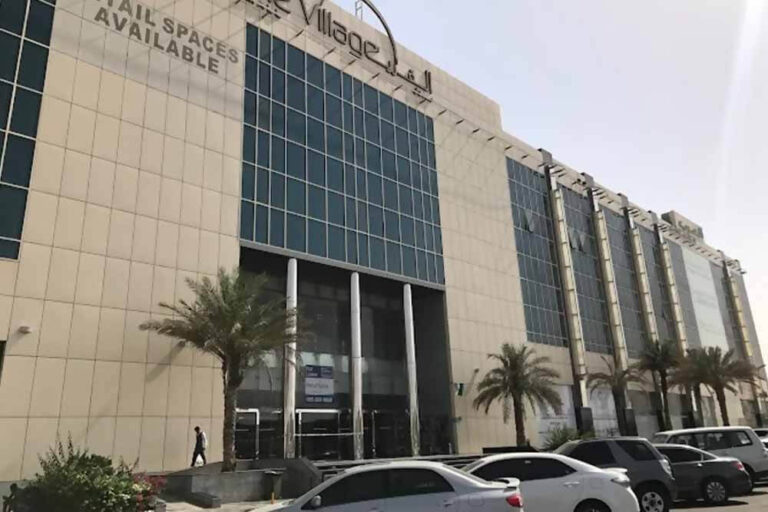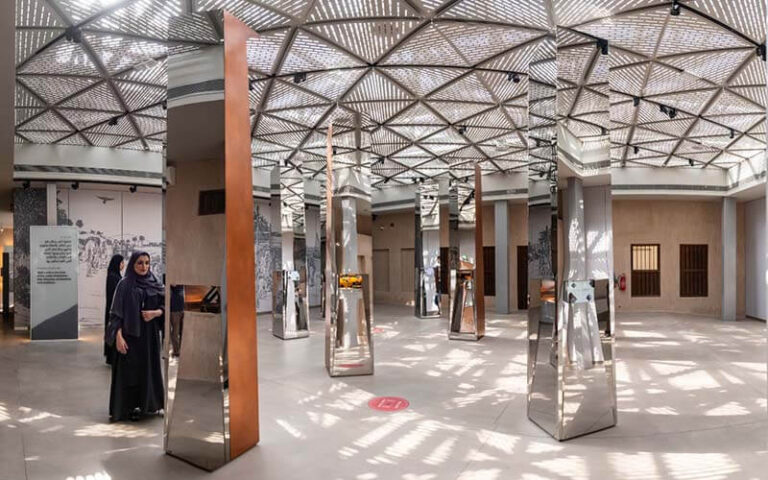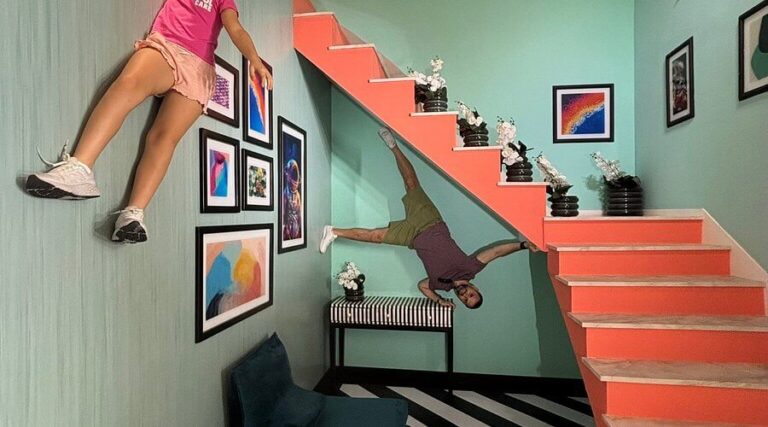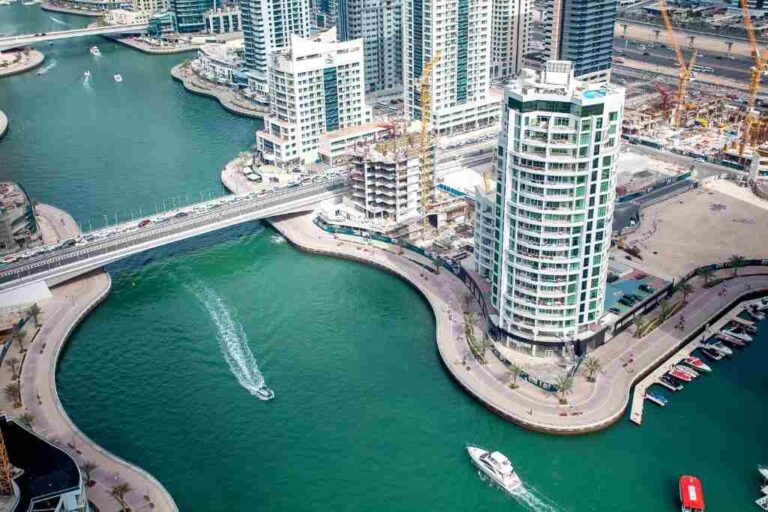Bur Dubai, UAE: Where Dubai’s Story Begins
Before Dubai became a global powerhouse of innovation, luxury, and modern architecture, it began its journey along the tranquil waters of Dubai Creek—specifically in Bur Dubai. This storied district on the western bank of the Creek is not only where the city’s historical narrative begins, but also where that legacy is carefully preserved and still thriving today.
Bur Dubai (Arabic: بُر دُبَيِّ) literally translates to “Mainland Dubai,” a name that reflects its foundational significance in the city’s development. Unlike the hyper-modernity of Downtown Dubai or the high-rise glitz of Marina, Bur Dubai remains grounded in culture, tradition, and authentic Emirati soul.
What Makes Bur Dubai Special?
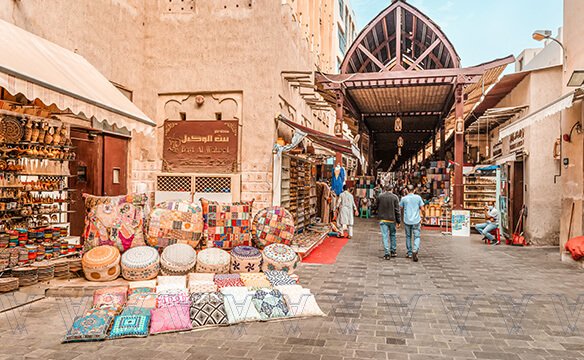
Bur Dubai is more than just a historic neighborhood—it’s a living museum where the past meets the present. Here, heritage homes with wind towers sit beside vibrant souks, and ancient mosques coexist with embassies, boutique hotels, and bustling local eateries. The area remains a cultural epicenter, home to:
- Al Fahidi Historical Neighbourhood: Narrow alleys, wind-towered homes, and artisan workshops give you a glimpse into 19th-century Emirati life.
- Dubai Museum at Al Fahidi Fort: Housed in the city’s oldest building, the museum captures the transformation of Dubai from a fishing village to a global metropolis.
- Sheikh Mohammed Centre for Cultural Understanding (SMCCU): A hub for intercultural dialogue, where you can experience authentic Emirati meals and traditions.
- The Grand Mosque & Iranian Mosque: Iconic landmarks that showcase the district’s spiritual diversity.
- Al Shindagha Museum and Saeed Al Maktoum House: Immersive spaces that document Dubai’s maritime and political history.
Things to Do in Bur Dubai
Stroll Through Living History
Start your day at Al Fahidi Historical District, where restored heritage buildings line labyrinthine alleys. Walk past sand-colored walls, wooden doors, and Arabic calligraphy, then pause at XVA Art Hotel & Gallery or the Coffee Museum to enjoy Emirati hospitality.
Head to Al Seef, a revitalized creekside promenade blending old-world aesthetics with modern amenities. Its wooden buildings and traditional dhows capture Dubai’s trading legacy, while boutique stores and restaurants reflect its cosmopolitan evolution.
Take an Abra Across the Creek
For just AED 1, hop on a traditional abra (wooden water taxi) to cross the Creek to Deira. This short but scenic journey is a must-do—ideal for photography, reflection, and soaking in Dubai’s original skyline.
Explore the Souks
- Textile Souk: A sensory delight filled with silk, cotton, and embroidered fabrics. Bargaining is expected, and tailors are on-hand to craft custom garments.
- Meena Bazaar: Known as “Little India,” this buzzing commercial area offers Indian clothing, jewelry, spices, and street food.
- Al Seef Market: A curated mix of Emirati heritage shops and modern brands, perfect for leisurely exploration.
Visit Cultural Landmarks
Don’t miss the Saruq Al-Hadid Museum, which uncovers Dubai’s Iron Age roots, and Perfume House, where you can explore the role of fragrance in Arabian identity.
Nearby, Creek Park offers greenery, cable car rides, and a dolphinarium—perfect for families. A walk down the promenade can lead you to the Queen Elizabeth 2 cruise ship, permanently docked at Port Rashid as a floating hotel and maritime museum.
Culinary Tour of Bur Dubai
Bur Dubai offers one of the most diverse and affordable culinary landscapes in the city:
- Arabian Tea House: Authentic Emirati dishes in an enchanting courtyard setting.
- Al Khayma Heritage Restaurant: Bib Gourmand-listed and known for traditional Emirati breakfasts.
- Local House: Located in Al Fahidi’s oldest building, it specializes in camel meat delicacies.
- Mazmi Café: Operated by an Emirati-Italian couple, this creekside gem combines global flavors with local charm.
- Doors Freestyle Grill & Skafos at Al Seef: Fine dining with creek views.
- Signature by Sanjeev Kapoor & Khazana: Upscale Indian cuisine from celebrity chef Sanjeev Kapoor.
- Al Ustad Special Kabab: No-frills Persian eatery adored by generations.
For upscale dining, Sofitel Dubai The Obelisk and Raffles Dubai offer award-winning restaurants like Brasserie Boulud, Taiko, and Tomo.
Modern Developments & Future Connectivity
Between 2013 and 2016, the creation of the Dubai Water Canal turned Bur Dubai into a de facto island, reconnecting the Creek to the sea. The Dubai Roads and Transport Authority (RTA) has also partnered with Nakheel to construct a bridge linking Bur Dubai to the upcoming Dubai Islands by 2026—enhancing accessibility and economic integration.
Why Bur Dubai Remains a Cultural Powerhouse
Despite the glitz of newer districts, Bur Dubai endures because it offers something timeless: authenticity. It’s where expats and Emiratis, tourists and scholars, all gather to experience Dubai’s roots firsthand. The blend of temples, mosques, consulates, museums, and marketplaces makes it a multicultural tapestry, richly layered with history and soul.
Whether you’re walking its lanes, cruising its waters, or bargaining in its souks, Bur Dubai reveals the essence of a city that honors its past while embracing the future.
FAQ: Bur Dubai Explained
Why is Bur Dubai famous?
Bur Dubai is the oldest part of the city and the birthplace of modern Dubai. It’s home to historic landmarks, cultural institutions, traditional souks, and Dubai Creek, making it a must-visit for anyone interested in the city’s origins.
Is Bur Dubai a good area to stay?
Absolutely. With walkable streets, proximity to major historical attractions, affordable accommodation, and access to both the Red and Green Metro Lines, Bur Dubai is ideal for both short-term tourists and long-term residents.
Are Bur Dubai and Old Dubai the same?
Bur Dubai is a key part of what’s known as Old Dubai, along with areas like Deira and Al Shindagha. Together, these districts form the city’s original core, showcasing its pre-oil era identity.
Is Bur Dubai expensive?
Not particularly. While the area has some upscale hotels and restaurants, it’s known for being one of the more budget-friendly parts of central Dubai, especially compared to neighborhoods like Downtown or Dubai Marina.
For more in-depth guides on Dubai’s neighborhoods, attractions, and culture, visit TheDubaiWeb.com — your trusted source for exploring the emirate like a local.
- Al Nahda 2 Postal Code, UAE – Complete & Accurate Guide (Dubai) - December 29, 2025
- La Mer Beach Dubai Guide – Free Entry, Things to Do & Best Time to Visit - December 28, 2025
- Umm Suqeim Night Swimming Beach Dubai, UAE - December 28, 2025

